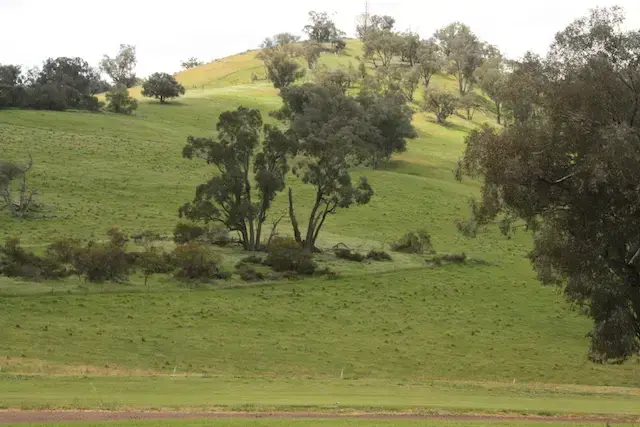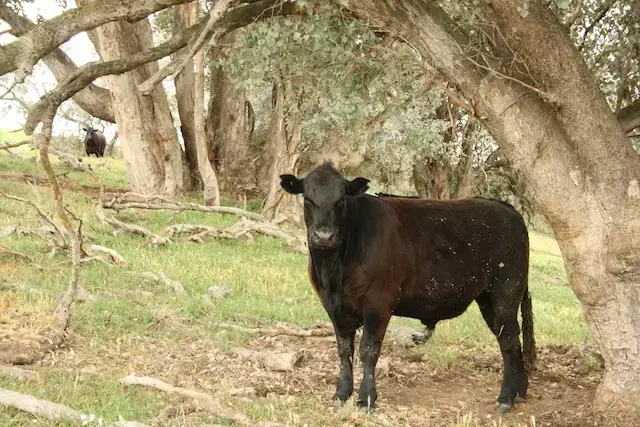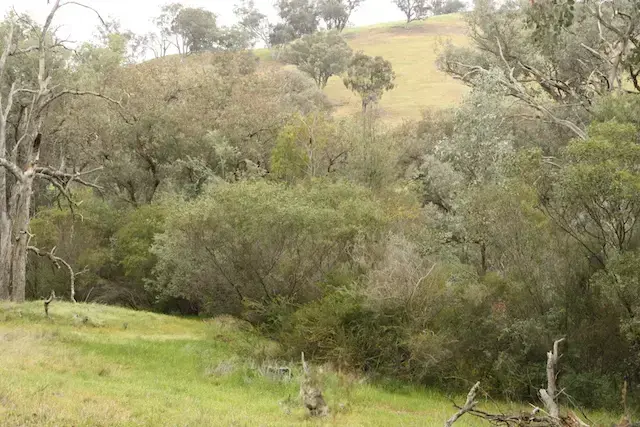A number of recently published Soils For Life case studies demonstrate that revegetation activities have on-farm production and environmental benefits, ranging from animal productivity improvements to soil protection and provision of ecological habitat.
Approaching revegetation activities can be as diverse as the trees and shrubs being planted. Here’s a snapshot of some of the production, soil and ecological benefits trees provide.

Production benefits
Revegetation comes with costs, so a logical question is what are the benefits to the farm business.

Trees provide shelter for livestock, pasture and crops. One study in Australia estimated that tree plantings in the form of shelterbelts can reduce windspeeds by up to 50% with significant benefits to pasture, livestock and crop production. Livestock farmers, Martin Royds (Jillamatong) and Bryan Ward (Illawong), two of Soils For Life’s recent case study farmers, both attribute increased animal comfort to their tree plantings. On both these properties, revegetation has been an important element of their regenerative management practices. More research on the relationship between grazing animal productivity and tree shelter would be beneficial to support this type of regenerative management.
Trees also provide additional income streams on farms. For example, on another of our recent case studies, Brownlow Hill on the Cumberland Plain in NSW, Edgar and Lynne Downes manage 225 ha of Forest Red Gum Grassy Woodland under the NSW Government’s biobanking scheme. Under this scheme, they are paid to maintain the integrity of the vegetation. The Future Farming Landscapes at Winlaton participates in a similar program in Victoria (the Bush Tender Program).
Soil health benefits
From physical protection of soil to improving soil fertility, trees are as much an asset to the soil as soils are to trees.

One of the most commonly understood advantages of revegetation on farms is soil erosion control. For example, on Illawong, Bryan Ward planted trees above and inside existing erosion gullies and on bare rocky ridges. These plantings have stabilised the soil, slowed down the water flow and improved soil water infiltration on his property. The water quality on his dams is one clear indicator that he has erosion under control.
On Jillamatong, Martin Royds’s paddock layout works in concert with the tree plantings to provide soil fertility benefits. The fence lines run upslope to the more elevated country, where many of the trees are planted. With this paddock layout, the shelter provided by the trees lures the cattle up to the tops of slopes enabling the livestock to transfer nutrients, in the form of manure, from the more fertile flats to the upper slopes of the farm. The improved nutrient status of soils on the upper slopes of the farm impacts pasture quality and productivity.
Ecological benefits
Providing habitat for native fauna is a key ecological function of trees on farms. And, besides the conservation value, enhanced biodiversity has the added value of natural pest control.
On Illawong, one of Bryan Ward’s revegetation strategies involved fencing off remnant paddock trees and direct seeding native vegetation around the trees. He has effectively reversed scattered tree decline on his property and created tree patches with diverse structure and composition. These patches have led to a resurgance of native fauna on his property. A bird survey in 2018 reported 53 bird species over a 30 minute observation period. This confirms that the trees on Illawong provide critical habitat, shelter and food for native fauna.
On Jillamatong, Martin Royds has used lanes of trees to connect neighbouring forested hills and made efforts to ensure tree plantings include understorey species. A focus on connectivity and also an emphasis on vegetation structure has enhanced the habitat value of the trees on his property.
The examples drawn from the recent Soils For Life case studies that are described here, while not an exhaustive list of what’s possible with trees, do demonstrate two clear points:
1.Reasons and approaches to revegetation depend on context and management objectives.
2.Revegetation, when part of a holistic management approach, provides production, soil health and ecological benefits that cannot be separated from each other.




